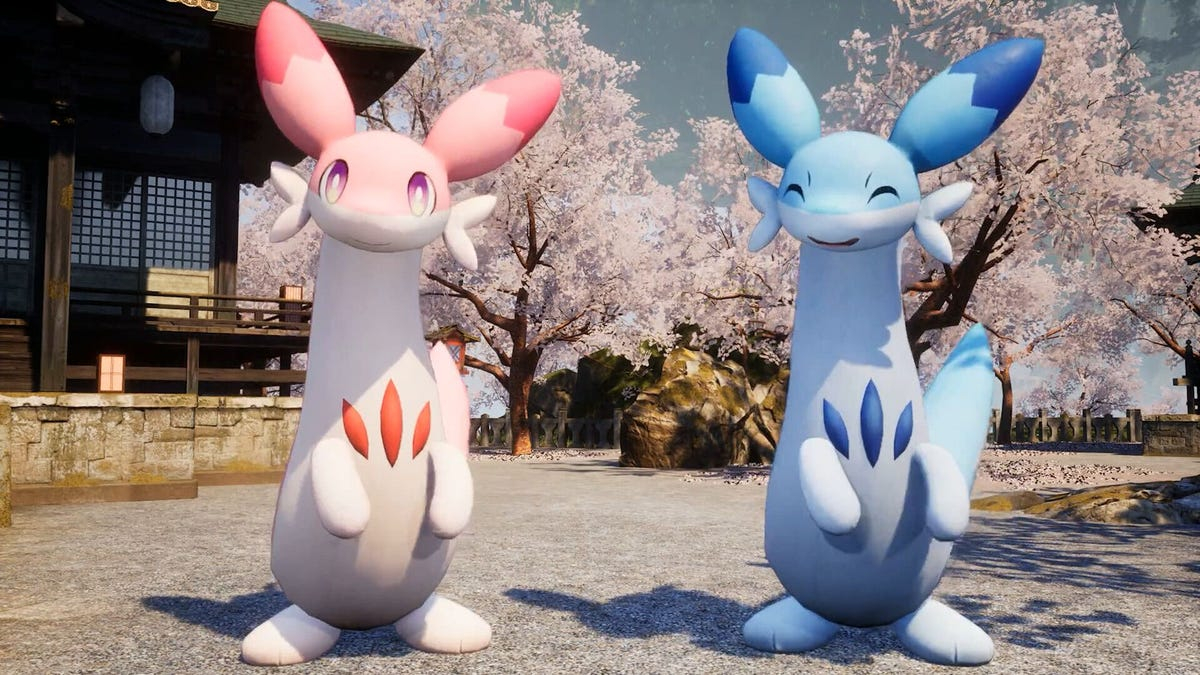The High Stakes of Patent Law: A Closer Look at the Nintendo vs. Palworld Case
Understanding the Financial Incentives for Patent Attorneys
The substantial fees charged by patent attorneys can often be attributed to the challenging nature of their work, which many would find daunting. This reality becomes particularly evident as Pocketpair, the developers behind Palworld, recently addressed claims made by Nintendo regarding alleged patent infringements related to their Pokémon-inspired game.
Details of Nintendo’s Claims and Damages Sought
In a recent statement, Pocketpair outlined specific patents that Nintendo asserts are being violated. The gaming giant is pursuing damages amounting to 10 million yen, which translates to approximately $33,000 each for both Nintendo Co., Ltd. and The Pokémon Company.
Contextual Background on Patent Infringement Allegations
Back in September, it was anticipated that this dispute would hinge on patent issues. What stands out in this case is not only the modest sum being sought but also that all three patents cited were registered between May and August of this year—just months after Palworld’s release in January 2024.
Pocketpair noted: “The Plaintiffs claim that ‘Palworld,’ launched on January 19, 2024, infringes upon three patents held by them and are seeking an injunction against our game along with compensation for damages incurred from the date these patents were registered until this lawsuit was filed.” They provided details about each patent:
- Patent No. 7545191
– Application Date: July 30, 2024
– Registration Date: August 27, 2024
- Patent No. 7493117
– Application Date: February 26, 2024
– Registration Date: May 22, 2024
- Patent No. 7528390
– Application Date: March 5, 2024
– Registration Date: July 26, 2024
Analyzing the Patents Cited by Nintendo
Upon examining these patents more closely:
- Patent No.7545191 describes a mechanism where players aim and launch an “item” at characters within a game environment to initiate combat while detailing complex mode-switching features.
- Patent No.7493117 appears similar but focuses more directly on enhancements allowing players to capture creatures outside of battle scenarios.
- Patent No.7528390, intriguingly enough, seems aimed at modifying existing concepts around riding creatures in open-world settings with seamless transitions between them.
These patents appear as modifications intended to align with newer gameplay elements introduced in recent Pokémon titles like Pokémon Legends: Arceus and Scarlet and Violet, released back in late-2022.
Legal Implications of Recent Developments
According to insights from a Japanese patent attorney familiar with such cases, these adjustments may have been expedited specifically for framing purposes ahead of legal action against Pocketpair—a strategy not uncommon within intellectual property disputes.
Pocketpair has expressed its determination not only to contest these allegations vigorously but also indicated plans for future legal maneuvers stating they will “continue asserting our position through upcoming proceedings.” This resolve comes shortly after their announcement about collaborating with Sony on merchandising initiatives related to Palworld’s characters—an indication of their confidence amidst facing off against a formidable competitor like Nintendo.
Conclusion
As this legal saga unfolds between Pocketpair and one of gaming’s largest entities over intellectual property rights concerning innovative gameplay mechanics reminiscent of Pokémon games; it raises broader questions about creativity versus ownership within the gaming industry landscape today—a topic increasingly relevant as technology continues evolving rapidly alongside creative expression.
